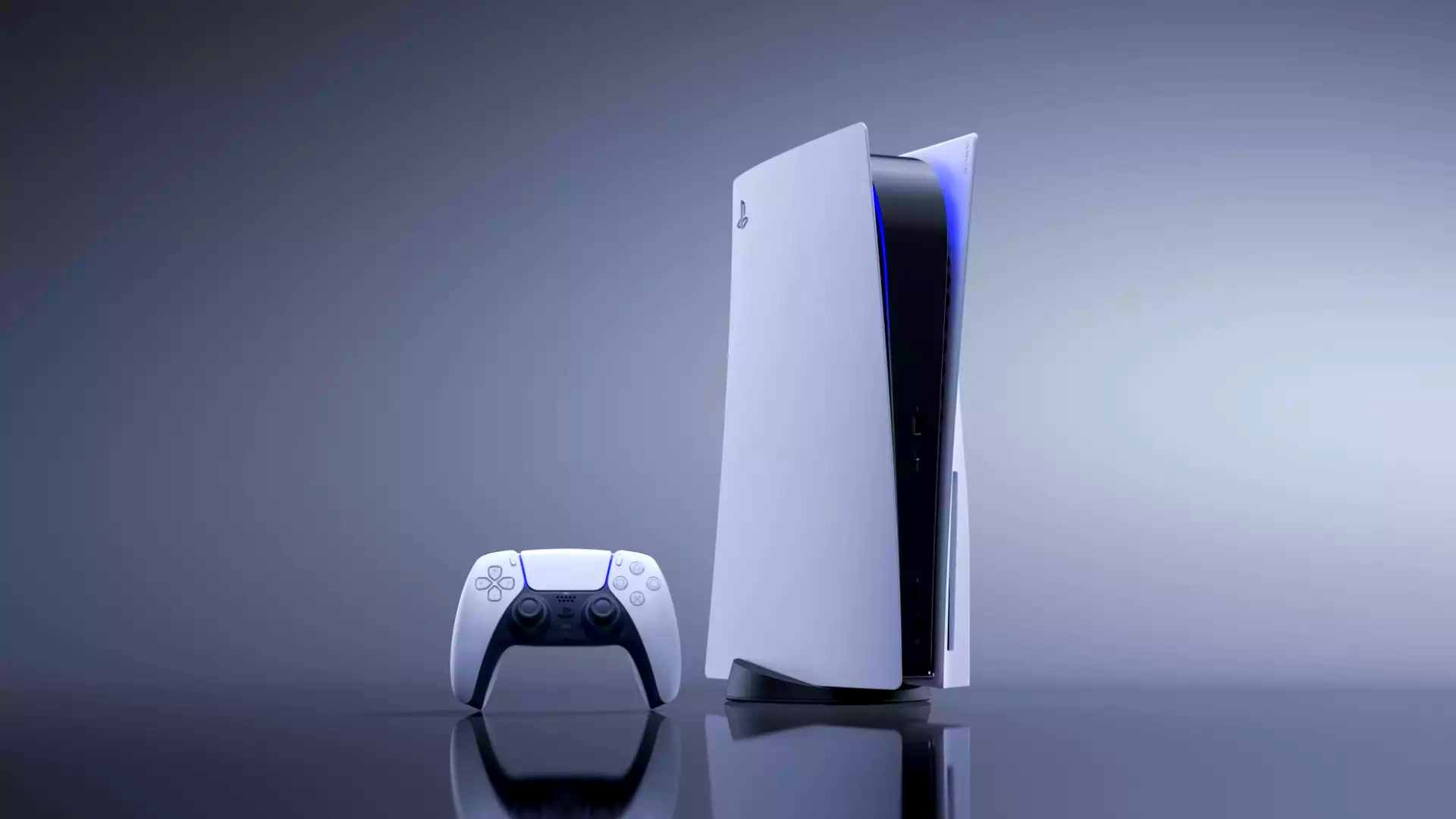On June 12, 2020, Sony introduced the world to its latest gaming console, the PlayStation 5. As technology advances rapidly, this new generation promised stronger hardware and improved technology to craft engaging worlds and experiences. Yet, nearly three years into its lifecycle, the PlayStation 5’s exclusive library remains sparse, leaving many consumers, including myself, wondering about the lack of commitment to delivering compelling exclusives for the console.
The Exclusive Desert of PlayStation 5
As of now, the exclusive titles available for the PlayStation 5 can be counted on one hand. While some may argue in favor of other platforms, this is not about taking sides; it’s about the disappointment felt by consumers who expected more from the current generation. The exclusive library is barren and desolate, with only a remake of Demon’s Souls, a timed exclusive in the form of Final Fantasy 16, and the upcoming Marvel’s Spider-Man 2 to show for. Even Astro’s Playroom, a well-received tech demo, couldn’t maintain long-term engagement.
Anticipation builds as announcements are made for upcoming exclusives like Wolverine, Stellar Blade, Final Fantasy VII Rebirth, and Rise of the Rōnin. However, the lack of detailed information and extended development timelines dampens the excitement. Waiting five years or more for a single game’s completion, as in the case of Final Fantasy 7’s remake project, is disheartening and challenges one’s patience as a consumer.

The Predecessors Had It Better
Comparing the PlayStation 5’s exclusive library to its predecessors, the PlayStation 3 and PlayStation 4, reveals a slow start for the current console. The PlayStation 3 faced a disappointing launch, but it gained momentum within the first three years and developed an extensive library of exclusives. Similarly, the PlayStation 4 had a solid lineup of exclusive games three years into its life and continued to expand it over the years.
By the end of 2016, the PlayStation 4 boasted a range of exclusives, including Infamous Second Son & First Light, The Last Guardian, Uncharted 4, Killzone: Shadow Fall, Bloodborne, Ratchet and Clank, & Until Dawn. These titles showcased the console’s capabilities and strengthened its appeal to consumers.
The PlayStation 5’s slow growth can’t be entirely attributed to external factors like the pandemic or chip shortages. While cross-gen releases like God of War Ragnarok and Horizon Forbidden West may have had an impact, it still leaves the console underutilizing its potential.
The Blurred Line of Exclusivity
The concept of exclusivity seems blurred in the current generation. Many timed exclusives eventually make their way to other platforms, diluting the significance of owning a PlayStation 5. While expanding accessibility is commendable, it creates uncertainty for consumers who might wonder if they should wait for a PC release instead. Additionally, virtual reality (VR) gaming, despite being promising, hasn’t reached its full potential on PlayStation VR and VR2.
For instance, Final Fantasy 16 is a timed exclusive, and eventually, it will be available on PC after a year or so. The same goes for FF7 Rebirth and all future games of that nature. Once the duration these companies settle on is up, the titles will be ported over. In the case of PlayStation exclusives, they’re going to be launched on PC in two to three years. If you want to play them right away, get a PlayStation 5. That’s all it is.
While expanding to other platforms is beneficial for accessibility, it does lead to an unnecessary exercise for consumers, where they have to run logic simulations in their heads to weigh the significance of a PlayStation 5 against simply having patience.

The Next Phase of PlayStation 5
A recent PlayStation showcase event left some feeling underwhelmed. While announcements like Metal Gear Solid Delta: Snake Eater & Spider-Man 2 garnered attention, the event felt more like a glorified State of Play rather than a showcase of exclusive content for the PlayStation 5. The limited number of high-profile announcements raises questions about the future of the console.
However, Sony’s recent endeavor, Project Q, shows promise. The handheld device for remote play will allow gamers to stream any game from their PlayStation 5, offering a unique gaming-on-the-go experience. While the device may not be a portable console, it boasts all the features of the DualSense controller, providing an immersive experience to gamers on the move.
The idea of gaming on the go is impressive, and having access to all the features of the DualSense controller ensures a seamless transition from the traditional console setup to remote play. Although the device may require a nearby PS5 and an internet connection, its potential to expand gaming experiences beyond the living room is exciting.
However, it’s essential to acknowledge that while innovative features like Project Q and cool accessories like the earbuds are admirable, content remains the king. Consumers prioritize compelling and exclusive games that can fully utilize the console’s power, making it a crucial aspect of the gaming experience.
Final Thoughts
As a consumer, the lack of an impressive library of exclusives makes it challenging to justify the $499 investment in a PlayStation 5. While the potential for the console’s future is acknowledged, it currently falls short compared to its predecessors. For now, sticking with a PlayStation 4 and PC seems like a reasonable choice, with the hope that the PlayStation 5 will eventually deliver on its promise.
Though it’s tempting to focus on hardware advancements, subscription services, and live service games, content remains the key to winning the hearts of gamers. The slow start of the PlayStation 5, along with the blurred line of exclusivity, has left consumers contemplating the value of investing in the current console.
The next three years will be critical for the PlayStation 5 to prove its worth as a powerhouse gaming console with an impressive and extensive library of exclusives. It may not be all doom and gloom; there’s still hope for surprises and delights. But until that future comes to pass, I, like many other consumers, will patiently await the day when the PlayStation 5’s commitment to exclusives truly shines.
At this point in time, the PlayStation 5 doesn’t have an impressive library of exclusives, something that the brand has always been known for. I feel as if this console will end up being an extremely late bloomer considering everything that’s in the works, but that’s just my perspective and opinion.




